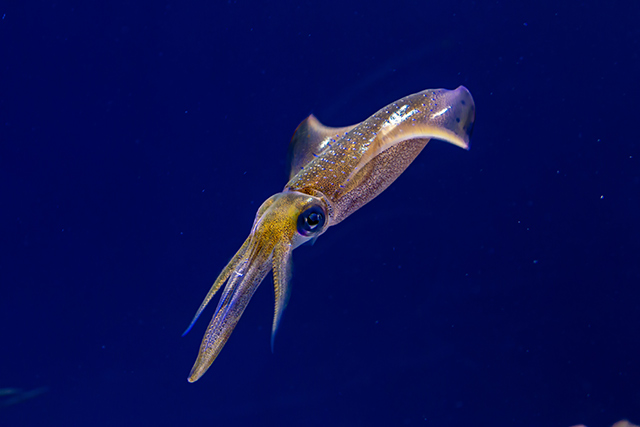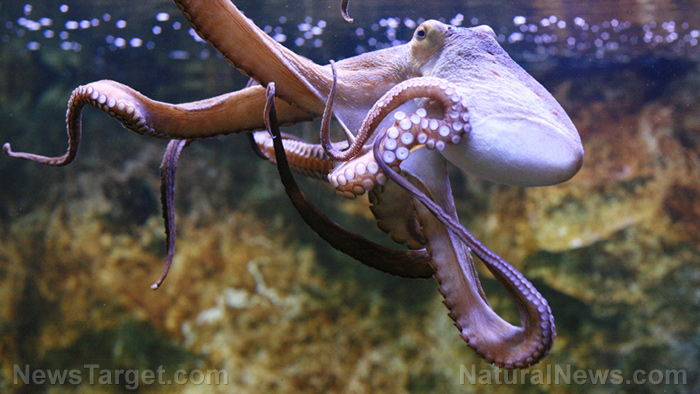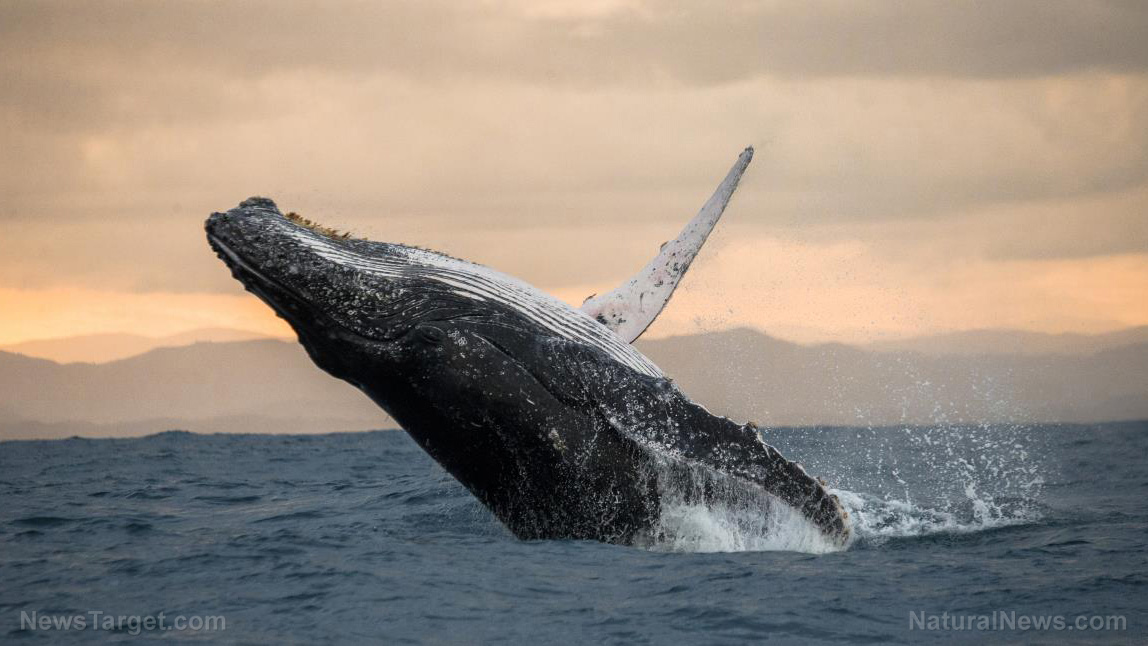
It's a well-known fact that dogs and primates are some of the most clever animals on the planet. Dolphins are also known for their intelligence. But according to an interesting study published in the journal Proceedings of the Royal Society B, cephalopods like cuttlefish can give other smart creatures a run for their money.
Researchers reported that cuttlefish can also pass a new version of the famous "marshmallow test," or the Stanford University marshmallow experiment, often tried on young children.
Animals and the marshmallow test
The marshmallow test is a straightforward experiment. When conducted on humans, a child is usually placed in a room with a marshmallow.
Adults conducting the test then tell the child that if he can wait for 15 minutes without eating the marshmallow, a second marshmallow will be given and he can eat both.
Experts believe that the ability to delay gratification hints at cognitive abilities like future planning. The marshmallow test was originally conducted to determine how human cognition develops and at what particular age a human is smart enough to delay gratification if it means a better outcome later.
Scientists have since adjusted the test's mechanics and tried it on animal subjects. The animals are trained to understand that better food will be given if they don't immediately eat the food in front of them.
Several studies show that some primates can delay gratification. Dogs have also passed the marshmallow test, but they have inconsistent results.
According to the results of the dog marshmallow test, only 50 percent of dogs could wait for a maximum of 10?seconds in the quality condition and two seconds in the quantity condition.
But the researchers also discovered that some of the dogs could wait for at least 140 seconds for a better reward in both conditions. One exceptional dog even managed to delay eating the food for 15?minutes. (Related: Fascinating video shows humpback whales using “bubble-net fishing” to catch their prey.)
Back in 2020, a separate study showed that cuttlefish could pass a different version of the marshmallow test. In this study, researchers found that common cuttlefish (Sepia officinalis) could resist eating a meal of crab meat in the morning once they were trained that dinner would be something that the creatures preferred more: shrimp.
Cuttlefish can "learn and adapt"
Alexandra Schnell, a behavioral ecologist from the University of Cambridge, led the researchers in the present study. The scientists explained that their ability to "learn and adapt" may be key to helping cuttlefish evolve and give them a much-needed advantage in the competitive marine world they live in.
However, Schnell acknowledged that it can be difficult to figure out if this change in foraging behavior in response to prey availability was also being governed by an ability to exert self-control. To determine this, Schnell and her colleagues designed a different test for six common cuttlefish.
First, the cuttlefish were placed in a special tank with two enclosed chambers that had transparent doors to allow the animals to see inside. The chambers contained raw king prawn and live grass shrimp. Cuttlefish preferred the latter more.
The transparent doors also had symbols on them, which the cuttlefish had been trained to identify. A circle indicated a door that would open straight away, while a triangle indicated a door that would only open after a time interval between 10 to 130 seconds. The third door with a square, which was only used in the control condition, indicated a door that stayed shut indefinitely.
In the test condition, the prawn was placed behind the open door. On the other hand, the live shrimp was only accessible after a delay. If the cuttlefish took the prawn, researchers would immediately remove the shrimp.
For the control group, the shrimp remained inaccessible behind the square door that didn't open.
Results revealed that all of the cuttlefish in the test condition waited for live shrimp, their preferred food. However, the cuttlefish in the control group that couldn't access the shrimp couldn't wait for a better reward.
Schnell said that the cuttlefish observed in the present study could all wait for a better reward. They could also tolerate delays for up to 50 to 130 seconds, a result comparable to what was previously observed in large-brained vertebrates like chimpanzees, crows and parrots.
The experiment also had a section that tested how good the six cuttlefish were at learning. The animal subjects were shown two different visual cues, a grey square and a white one.
If the cuttlefish approached one cue, the other would be removed from the tank. But if they chose the "right" cue, they would receive a snack as a reward.
After the cuttlefish were trained to associate a square with a reward, the scientists switched the cues and the other square became the reward cue. Results showed that the cuttlefish that were the quickest to learn and adapt to this change could also wait longer for the shrimp reward.
This suggests that cuttlefish can exert self-control, but the researchers have yet to determine why.
The scientists suggested that this ability to delay gratification could be linked to how cuttlefish forage for food. According to Schnell, cuttlefish spend most of their time camouflaging, sitting and waiting. In between these tasks, they focus on brief periods of foraging.
When cuttlefish break camouflage to forage, they are exposed to various predators in the ocean. The researchers hypothesize that delayed gratification may have evolved as a byproduct of this potential danger to allow cuttlefish to optimize foraging by "waiting to choose better quality food."
Follow WeirdScienceNews.com for more news and information concerning studies about animals.
Sources include:
Please contact us for more information.





















